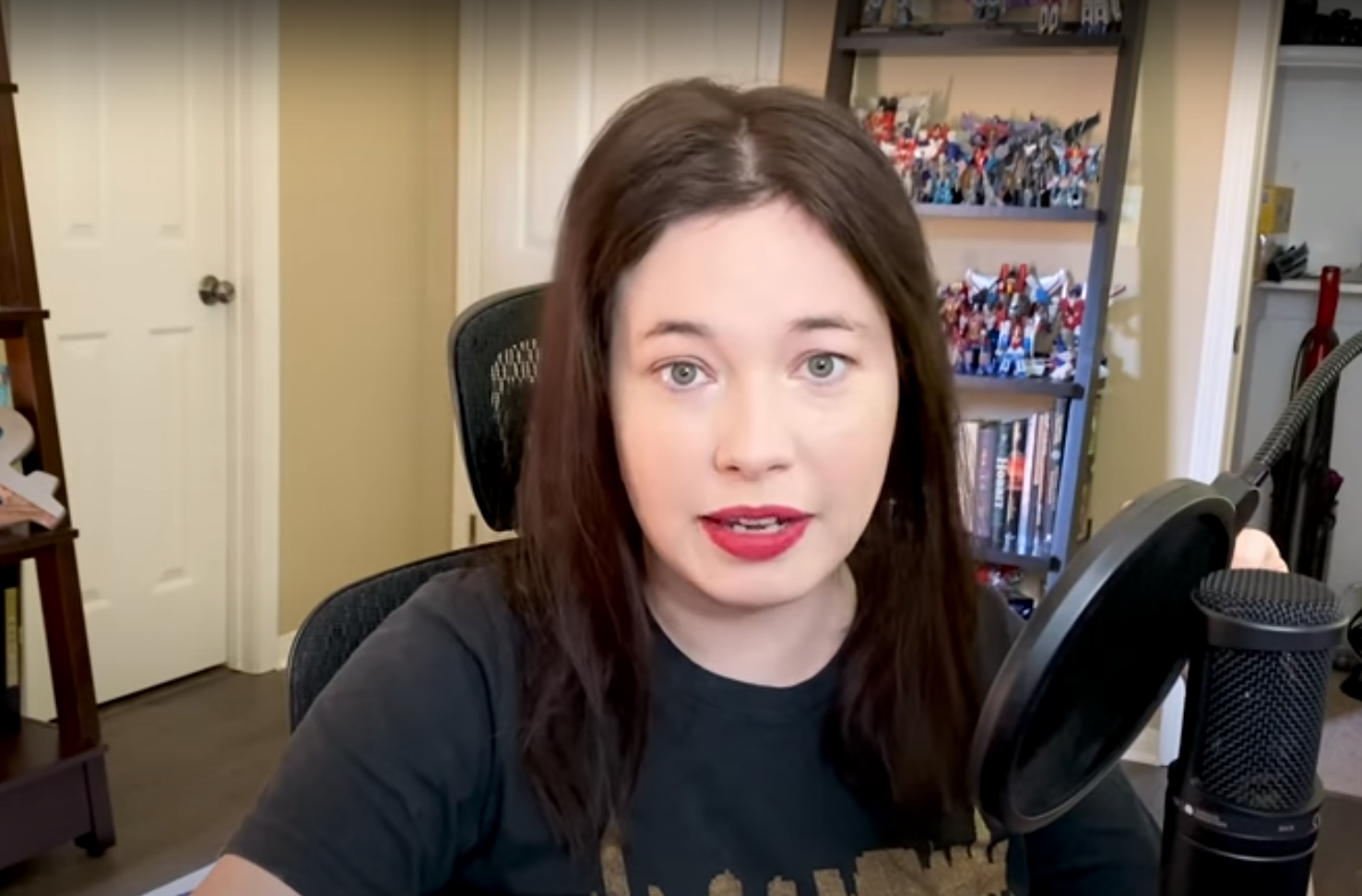Film criticism is an essential component of film production for students pursuing a career in this area; however, the representation is minimal. We put together three different options.
During the second decade of the 2000s, creative careers in film, media production, and criticism have significantly grown. Thanks to platforms such as YouTube and Twitch, a new generation of film and audiovisual media analysts has cut a path into the digital content market.
Nevertheless, like the field of audiovisual production, criticism and analysis suffer from a problem of gender balance. Male critics outnumber their female counterparts in an approximate proportion of 2 to 1. If you study film and seek a perspective, example, or context for academic work representing a social group other than the male genre, you may need to explore further.
Academic exercises involving the technical, narrative, and artistic aspects of cinema and other audiovisual media are influenced by the social dimensions of those who assess them. To enrich the knowledge consequent of these analyses, one must have a content library of diverse opinions. Here are three women with critical and robust perspectives on film production, television, and digital content.
Lindsay Ellis: An in-depth look
With twelve years of experience in the criticism and analysis of the seventh art, Ellis, a digital content producer and an outstanding author of science fiction, has forged a strong reputation in the film critic community. For many, she is the only recognizable reviewer on video channels and social networks.
Ellis’ video essays are an excellent reference, especially for neophytes on the subject of criticism, and for students and professionals in the field. She breaks down and analyzes narrative and technical aspects of film productions and comments on their social impact in her work. She also delves into peripheral elements such as the historical context, the commercial implications of a piece, the psychology of a narrative, and how the audience reads or receives all these elements found in movies.
Ellis’ content, available mainly in her YouTube channel, is not distinguished by being brief. Instead, her discourse’s length brings the reward of robust, well-constructed criticism with many elements that provide valuable learning. Her lessons are about cinema and many other aspects that touch film production, such as the story and the cultural factors.
Jill Bearup: Narrative and Choreography
The orchestrated combats in films are among the most visual, shocking, and engaging aspects of movies. There are not many critics specialized in these sequences in the film industry, let alone women.
Jill Bearup, writer and actress for series such as Stuff you like and NerdQuest, has a professional career and a particular perspective that permits her to address at a high level of knowledge and analysis of the combat choreographies in audiovisual media.
Bearup uses her artistic media experience and student knowledge of martial arts and fighting for staging.
In a comprehensive and easily understandable way, Bearup expounds her commentary on the technical aspects of choreography and explains the underlying narrative and production decisions that take what we see on screen to the final form.
Ariana Alexis: Entertainment and reflection
When making a film, unless it is an abstract work of art, the goal is to tell a story. This story must have a beginning, plot development, climax, denouement, characters with a defined arc from start to finish, and motivation that drives them from point A to point B.
These elements are simple, essential, and the basis of any artistic expression of narrative development. This is also the field of analysis of Ariana Alexis. She is a film student and critic who breaks down and comments on an essential film element: the story.
In her video library, composed of works of popular culture and animations, she comments in detail on the narrative aspects of the films she analyzes. She also explains the philosophical backgrounds, the psychological roots, the motive of individual narrative decisions, their impact on the final cut, and the audience response.
What do you think of the issue of gender imbalance in digital cinema criticism? Do you believe this imbalance of representation would affect the number of female students considering a career in film production? Do you know more examples of women with solid film criticism experience who can be a useful reference for people who want to pursue film? Tell us in the comments section below.
Translation by Daniel Wetta.
This article from Observatory of the Institute for the Future of Education may be shared under the terms of the license CC BY-NC-SA 4.0 
)
)


)